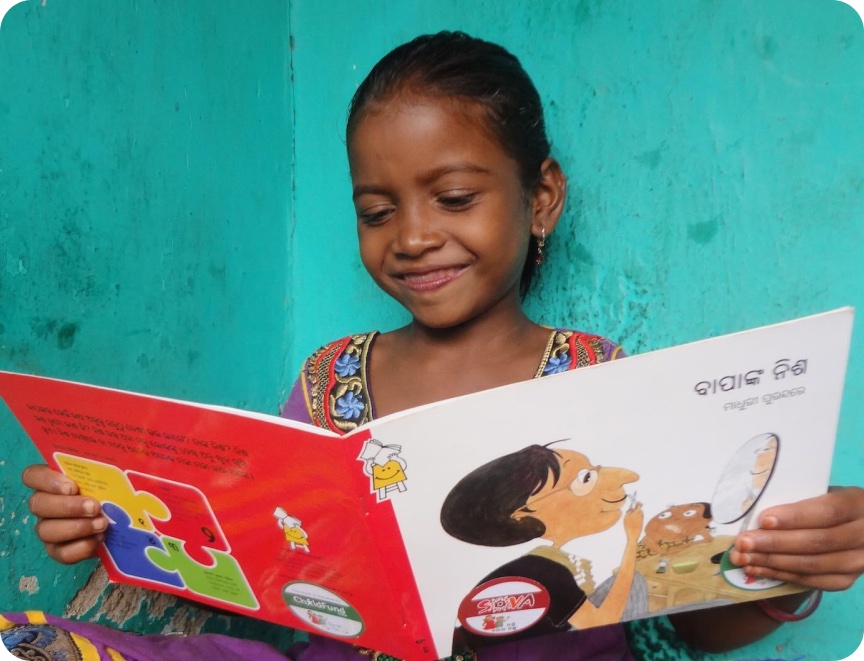Ethiopia
ChildFund has served children in Ethiopia since 1972, implementing a range of community development projects to improve living standards for children and their families.
As Africa’s oldest independent country, Ethiopia has a long and proud history. In recent years, rural parts of Ethiopia have suffered from periodic droughts, which have put immense pressure on the country’s people. Ethiopia still ranks as one of the poorest countries in the world, and inadequate food and water supplies continue to contribute to high levels of child malnutrition and disease.
Our priorities are:
An alarmingly high rate of Ethiopian children do not reach their fifth birthday. Health facilities are rare in remote parts of Ethiopia and there is a national shortage of skilled health workers.
Millions of children in Ethiopia are threatened by food shortages and poor nutrition, which has lifelong effects on physical and mental development. Climate change has worsened these problems and dramatically affected food production.
Children in remote areas risk being underskilled because they cannot access quality education and skill-building programs. This has resulted in a skills shortage in many professions throughout the country. Without education, many children will become unskilled workers, without job security or worker’s rights.

Lencho, age 9, Ethiopia
1,000 children in one year. That’s just the start of the difference you’ll make!





























